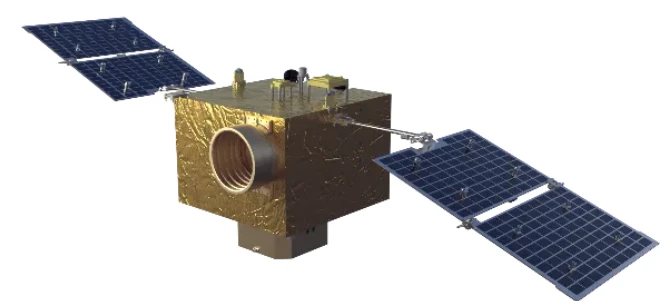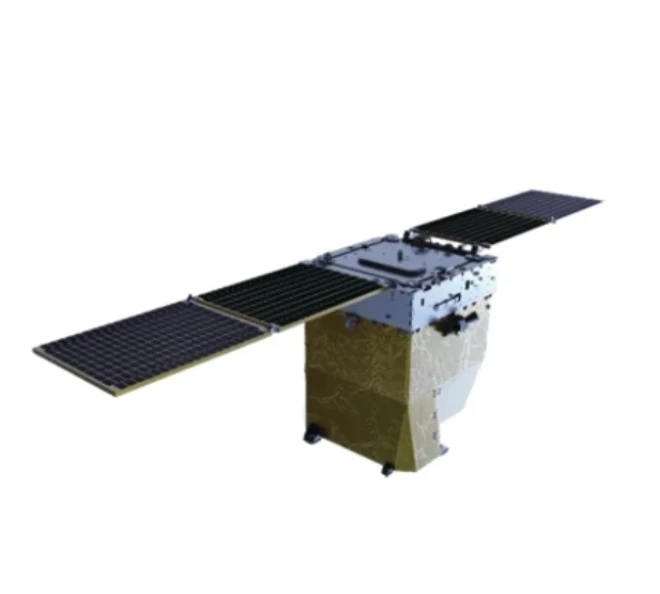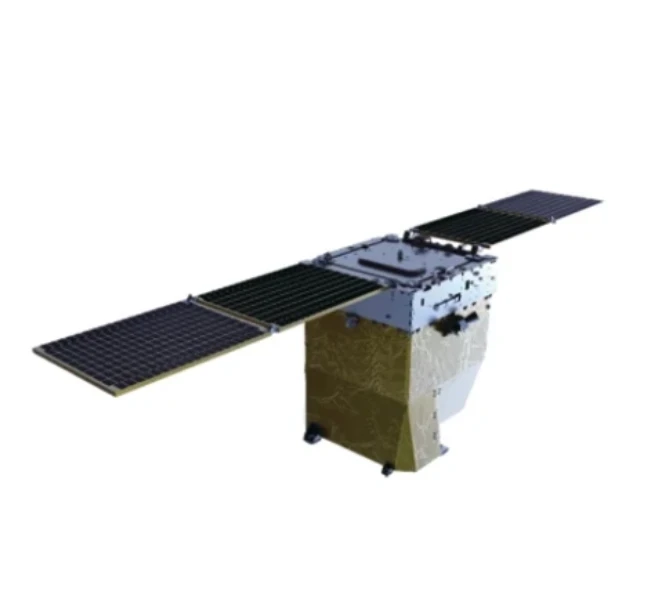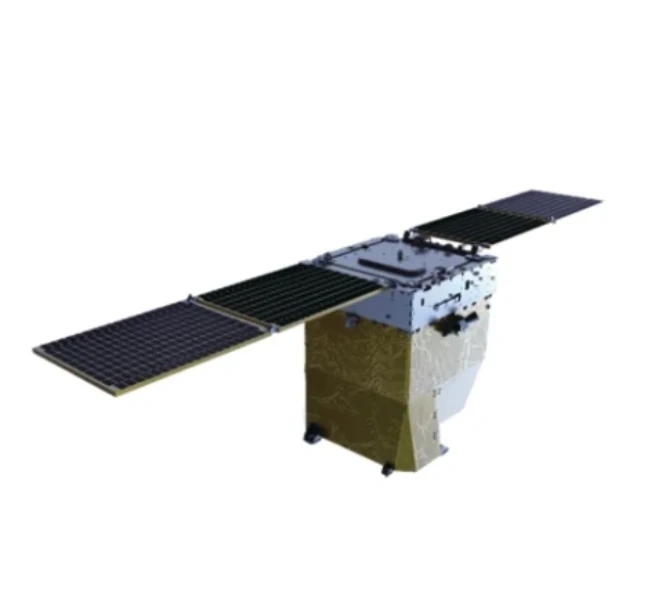
- afrykanin
- albański
- amharski
- arabski
- ormiański
- azerbejdżański
- baskijski
- Białoruski
- bengalski
- bośniacki
- bułgarski
- Kataloński
- Cebuański
- Chiny
- Korsykański
- chorwacki
- czeski
- duński
- Holenderski
- angielski
- esperanto
- estoński
- fiński
- francuski
- fryzyjski
- Galicyjski
- gruziński
- niemiecki
- grecki
- Gudżarati
- kreolski haitański
- hausański
- hawajski
- hebrajski
- NIE
- Miao
- węgierski
- islandzki
- ibo
- indonezyjski
- irlandzki
- włoski
- japoński
- jawajski
- kannadajski
- kazachski
- khmerski
- Rwandyjski
- koreański
- kurdyjski
- Kirgiski
- Praca
- łacina
- łotewski
- litewski
- luksemburski
- Macedoński
- malgaski
- malajski
- Malajalam
- maltański
- Maoryski
- Marathi
- mongolski
- Myanmar
- Nepalski
- norweski
- norweski
- oksytański
- paszto
- perski
- Polski
- portugalski
- Pendżabski
- rumuński
- rosyjski
- Samoański
- szkocki gaelicki
- serbski
- angielski
- Szona
- Sindhi
- syngaleski
- słowacki
- słoweński
- Somali
- hiszpański
- Sundajski
- suahili
- szwedzki
- tagalski
- tadżycki
- Tamil
- Tatar
- teluguski
- tajski
- turecki
- Turkmeński
- ukraiński
- Urdu
- Ujgurski
- uzbecki
- wietnamski
- walijski
- Pomoc
- jidysz
- Joruba
- Zulus
aktualności
Multispectral Cameras: Unlocking New Possibilities
Multispectral imaging is revolutionizing industries by allowing for the capture of images across multiple wavelengths, from visible light to infrared. These cameras are instrumental in fields such as agriculture, environmental monitoring, and remote sensing. By incorporating multispectral data, professionals can gain deeper insights into the composition of materials, plant health, and more. Let’s take a closer look at the different types of multispectral cameras and how they can benefit your specific applications.
Multispectral Imaging Camera: A Comprehensive Overview
The multispectral imaging camera is a powerful tool that captures images across multiple wavelengths of light, often ranging from visible to infrared spectrums. This camera allows users to gather more detailed information than standard RGB cameras, as it detects wavelengths beyond the human visible range. A multispectral imaging camera typically captures several bands of light, such as red, green, blue, and various infrared bands, making it incredibly useful for applications like vegetation monitoring, land use classification, and environmental studies.
The ability to capture multiple spectral bands simultaneously gives users a broader and more nuanced understanding of the subject being studied. For example, in agriculture, a multispectral imaging camera can help detect plant stress and health conditions by observing changes in the reflectance of plants across various wavelengths, providing crucial data for crop management. The benefits of this type of camera extend to industries such as forestry, mining, and even urban planning, where understanding the material composition and changes over time is critical.
Multispectral Visible Imaging Camera: Capturing the Visible Spectrum
A multispectral visible imaging camera is specifically designed to capture the visible light spectrum, along with other relevant spectral bands. Unlike standard cameras that capture only red, green, and blue wavelengths, a multispectral visible imaging camera can detect additional bands such as red-edge, near-infrared, and more. This capability is essential for advanced image analysis and applications like vegetation mapping, land cover classification, and environmental monitoring.
In agriculture, a multispectral visible imaging camera can be used to monitor plant health, track growth stages, and even detect signs of pests or diseases. It provides a richer and more detailed dataset that helps farmers make informed decisions about irrigation, fertilization, and pest control. This advanced imaging technology has also found applications in precision farming, where every bit of information about soil and crop health can significantly impact the efficiency of farming practices.
Furthermore, the multispectral visible imaging camera allows users to monitor land use changes over time. Whether it's tracking urban development or studying the effects of natural disasters, the ability to capture visible spectrum images with additional bands makes it an invaluable tool for researchers and professionals in remote sensing.
Multispectrum Infrared Combination Camera: Bridging the Gap Between Visible and Infrared
The kamera kombinowana na podczerwień wielospektralna is a specialized camera that combines both visible light and infrared imaging in one system. Infrared imaging allows for the detection of heat signatures and can be used to monitor temperature variations, which are not visible to the human eye. By combining visible light and infrared capabilities, this type of camera offers a comprehensive view of the subject being studied, making it ideal for applications such as building inspections, search and rescue operations, and environmental monitoring.
In industries like construction and energy, a kamera kombinowana na podczerwień wielospektralna can be used to detect heat loss, identify insulation deficiencies, and inspect equipment for potential issues. In remote sensing and environmental studies, it allows researchers to detect temperature differences in ecosystems, which can provide insights into climate change or environmental stress factors. By seamlessly integrating both visible and infrared spectrums, this camera becomes a versatile tool for various types of monitoring and analysis.
The combination of multispectral and infrared imaging offers a more detailed and accurate representation of the environment, especially in situations where thermal characteristics are important. Whether used for safety, maintenance, or scientific research, the kamera kombinowana na podczerwień wielospektralna is an essential tool for many industries.
RedEdge Multispectral Camera: Precision for Agricultural and Environmental Monitoring
The RedEdge multispectral camera is specifically designed for agriculture, remote sensing, and environmental monitoring. It captures five spectral bands: blue, green, red, red-edge, and near-infrared. These bands are particularly useful for assessing plant health, monitoring vegetation growth, and understanding environmental conditions. The RedEdge multispectral camera is often used in conjunction with drones or satellites to provide high-resolution imagery and data for precise analysis.
In agriculture, the RedEdge multispectral camera is instrumental in precision farming, enabling farmers to assess crop health, monitor irrigation systems, and optimize fertilizer use. By analyzing the reflectance in the red-edge and near-infrared bands, the RedEdge multispectral camera helps identify areas of stress, enabling targeted interventions to improve crop yields. This camera’s ability to capture specific spectral bands designed for vegetation analysis makes it one of the most powerful tools for sustainable farming practices.
The RedEdge multispectral camera is also used in environmental studies to monitor ecosystems, assess land cover changes, and detect water quality. Its precise spectral range and high-quality imagery provide accurate data that can be used for scientific research, conservation efforts, and environmental policy-making.
Cheap Multispectral Camera: Affordable Options for Professionals and Hobbyists
While multispectral cameras can be expensive, there are now cheap multispectral camera options available for those who need basic multispectral imaging capabilities without breaking the bank. These affordable cameras often come with fewer bands and lower resolution compared to high-end models, but they still provide valuable insights for many applications.
For hobbyists or small-scale farmers, a cheap multispectral camera can be an excellent tool for exploring the benefits of multispectral imaging without the high costs typically associated with such technology. These cameras can be used for basic vegetation monitoring, soil analysis, and even DIY environmental studies. By leveraging more accessible technology, users can gain a better understanding of their surroundings and make informed decisions based on multispectral data.
Although cheap multispectral cameras may not offer the same level of performance as their more expensive counterparts, they still provide a cost-effective entry point for individuals and organizations interested in exploring the world of multispectral imaging. Whether for educational purposes, low-budget farming, or casual research, these cameras offer a viable option for those on a budget.
Multispectral Cameras FAQs
What is the main difference between a multispectral imaging camera and a regular camera?
A multispectral imaging camera captures images across multiple wavelengths, including visible and infrared spectrums, providing more detailed information compared to a regular camera, which only captures visible light.
How does a RedEdge multispectral camera help with agriculture?
A RedEdge multispectral camera provides precise spectral data, allowing farmers to assess crop health, detect signs of stress, and optimize irrigation and fertilization practices for better crop management.
Can a multispectrum infrared combination camera be used for security applications?
Yes, a kamera kombinowana na podczerwień wielospektralna is ideal for security applications, as it combines both visible and infrared imaging to detect heat signatures, making it perfect for night surveillance and monitoring in low-light conditions.
Are there affordable multispectral camera options available?
Yes, there are cheap multispectral cameras available for those who want to explore multispectral imaging without the high costs. These cameras may have fewer spectral bands and lower resolution but still offer valuable data for various applications.
How much does a multispectral camera cost?
The multispectral camera price can vary greatly depending on the model and its capabilities. Entry-level cameras can be more affordable, while high-end models with more bands and higher resolution can be quite expensive. Prices typically range from a few hundred dollars to several thousand dollars.
Multispectral cameras have become an essential tool for professionals across various fields. Whether you're using a multispectral imaging camera for agricultural monitoring, a RedEdge multispectral camera for environmental studies, or a cheap multispectral camera to get started, these devices unlock a wealth of data that was previously inaccessible. As the technology continues to advance, the applications for multispectral imaging are sure to expand, offering even greater value and insights across industries.











